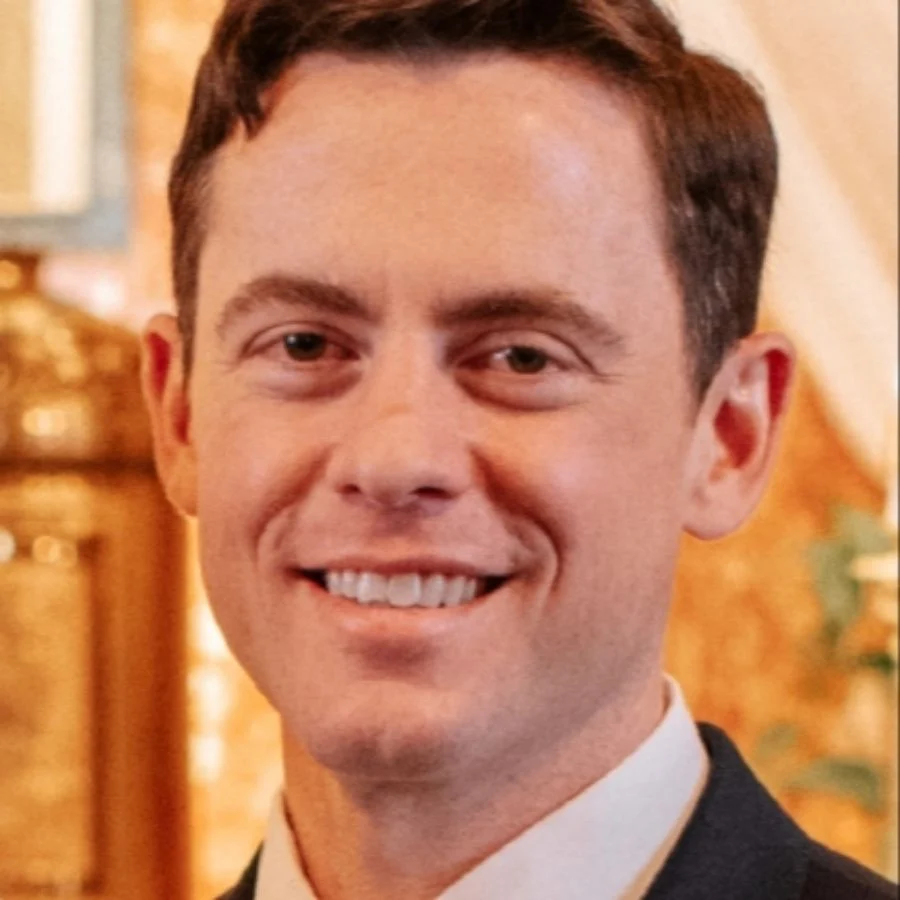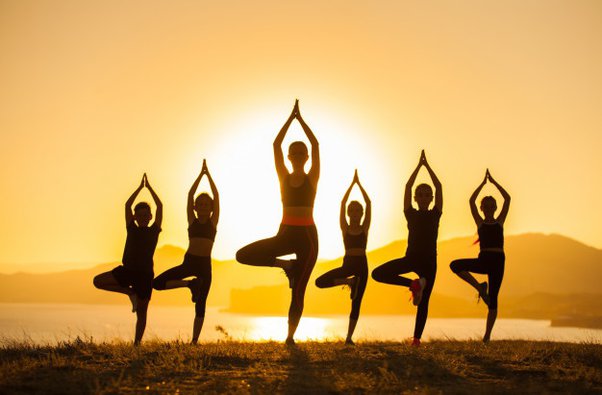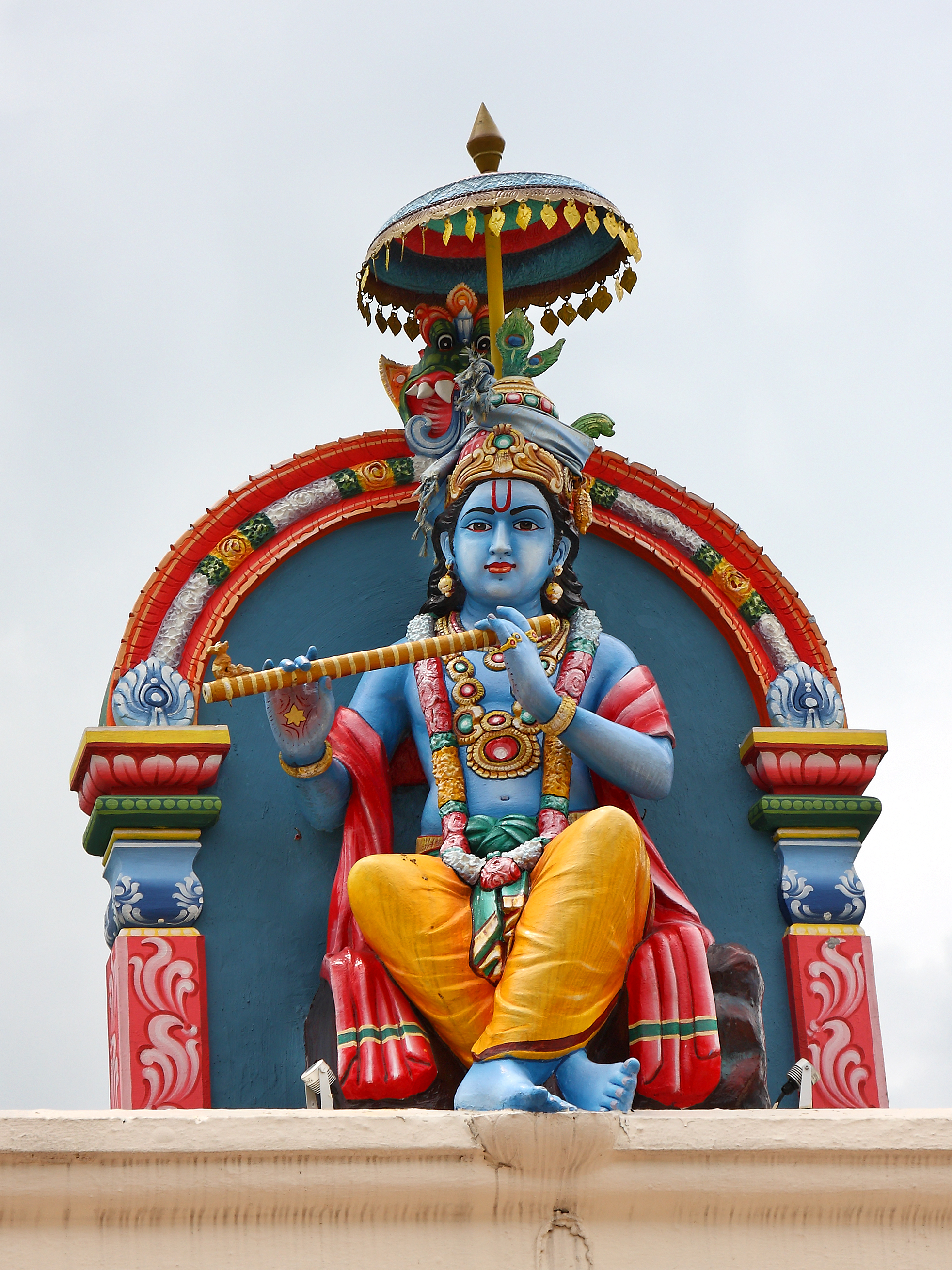
-by Alexander Frank, a former US Army Ranger and a graduate of Yale Law Schoo, converted to the Catholic faith in 2019 from Kashmiri Shaivism, a sophisticated form of yoga and the origin of its modern form.
“Secular society adores yoga, and not a few Catholics are fond of it, too. Revenue for the yoga industry runs in the billions of dollars, according to Statista.com, and the number of participants is estimated to be in the tens of millions.
I myself dived into yoga, drawn to the idea of personal enhancement without ethical constraints. After years of studying yoga and its associated systems—mindfulness, Buddhism, magical shamanism—I had completed a teacher training retreat, spent three months in a Zen monastery, and studied under one of the best yoga spiritual directors in the United States. Over the course of my studies, and as my spiritual searching eventually led me to the Catholic Church, I learned that there is much more to yoga than Western pop culture implies.
In analyzing whether it is prudent for Catholics to practice yoga, the place to start is in determining what yoga is. The term yoga means “to yoke” in Sanskrit. This “yoking” connotes a spiritual unity, rooted in a kind of servitude. Now, Christ calls us to bear his yoke (Matt. 11:30), but what kind of yoke does yoga put on practitioners? Or in other words, what kind of servitude does yoga bind its practitioners to?
We can start by looking at the poses. Take some examples:
- The three-part Warrior pose invokes the god Virabhadra, who was created by another god, Shiva, to murder Shiva’s father-in-law. The three poses imitate the sequence of the murder.
- Matseyadrasana and Gorakshasana are named after Hindu gurus who founded the style that led to modern yoga. According to the foundation legend, they used their occult powers to commit theft, adultery, fraud, rape by deceit, corpse desecration, the murder of Matsyendra’s son, and cross-dressing.*
- According to the founder of Rasa yoga, Sianna Sherman, Goddess pose “invokes” the dark goddess Kali, known for making clothes out of the body parts of slain enemies. Yoga devotees sacrifice children to her in India to this day.
What about the purpose of yoga? It goes beyond postures that honor problematic Hindu gods and gurus. The Indian Ministry of External Affairs says, “Yoga is essentially a spiritual discipline based on an extremely subtle science which focuses on bringing harmony between mind and body. . . . The practice of yoga leads to the union of individual consciousness with that of the Universal Consciousness.” So yoga is at its essence a spiritual discipline. That spiritual work is rooted in a belief that consciousness, or more simply awareness, is the vehicle to the divine. The ultimate goal is a dissolution of our individual identity and a realization of our “true Self,” to fuse our consciousness with a sort of hive mind.
Many other sources say similar things. Judith Lasater, perhaps the most prominent American yoga teacher, describes “the true essence of the practice” as enlightenment, to “experience reality not as our various parts, but as one unified being.” Anusha Wijeyakumar, another prominent yoga teacher and writer, says that “the ultimate goal of yoga . . . is samadhi—final union with god and divine consciousness. . . . Yoga is much more than asana [physical postures].”
One mantra, a Hindu prayer that accompanies the physical postures, is “I am what I say I am.” Considering how God identifies himself in Exodus 3:14, this looks very much like an attempt to make human beings into God. It is a radical philosophical claim that gives rise to a specific type of spirituality.
By contrast, St. John of the Cross describes how the soul in love with God will reflect God’s light to such an extent that it appears to be God, but it remains ontologically separate. Cardinal Ratzinger, examining forms of Christian meditation, wrote in 1989 that “all the aspirations which the prayer of other religions expresses are fulfilled in the reality of Christianity beyond all measure, without the personal self or the nature of a creature being dissolved or disappearing into the sea of the Absolute.” Union with the divine is a noble aspiration, but the Eastern paths diverge significantly from the Christian one.
Now, the most common argument in favor of yoga is to throw out the deeper “spiritual” side and zero in on the physical action of stretching. Catholic advocates for yoga insist that just doing “postures”—that honor morally questionable Hindu gods and have always been a Hindu spiritual practice—is good as long as we intend only to get exercise. But does this argument hold water?
To find out, let’s ask whether it is true that an act—say, striking a yoga pose—has no meaning beyond the intentions of the person committing that act. St. Thomas Aquinas argues that in fact, actions do have an objective meaning: “The goodness or malice which the external action has of itself . . . is not derived from the will, but rather from the reason” (ST I-II, q. 20, a. 1). Actions have their own nature: the quality of the external act is derived from rational inquiry rather than from the intent of the actor. Similarly, the Catechism teaches that, for an act to be good, it has to have a good moral object, which is intrinsic to its nature and independent of intent. “A good intention . . . does not make behavior that is intrinsically disordered good or just” (1753).
Is the “behavior” of yogic stretching “intrinsically disordered”? What is the “moral object” of these poses? Yogis themselves point to it, even if they are not very forthright. The postures aim to awaken kundalini, energies of the soul, associated with the Hindu gods. That energy starts dormant at the base of the spine, depicted as a “sleeping serpent goddess.” Yoga practice sends the snake up the spine to take possession of the soul so that the practitioner can realize his “authentic Self,” yoking himself to those gods. Bikram Choudhury, the founder of one of the most common types of yoga, says what happens with his posture sequence is that “you awaken kundalini. You become Jesus Christ. Or Buddha. My yoga formula works for everybody.”
One of the main gurus to bring yoga to the west, BKS Iyengar, writes that a true yoga asana “is that in which the thought of [the Hindu supreme god] flows effortlessly and incessantly through the mind of the [practitioner].” Judith Lasater says that “the intrinsic nature of yoga is that you cannot separate the asanas from other aspects of practice.” Alexandria Crow, a prominent yoga “expert,” says, “The poses are really a vehicle to teach [yoga’s] philosophy.” According to a staff writer for Yoga Journal, the most prominent yoga source in the U.S. in terms of internet traffic, the reason for this is an innovation by the father of modern yoga, Krishnamacharya, who “made the postures an integral part of meditation instead of just a step leading toward it.”
Significantly, subjective intent has a way of conforming itself to the moral object through repeated practice. Two scientific surveys show that, although most people start yoga for the health benefits, many stick with it to attain this spiritual actualization. Fr. Joseph-Marie Verlinde, who went deep into yoga before converting, told his then-guru that Westerners mostly practice yoga for relaxation. The guru “laughed furiously” and then said, “That does not prevent yoga from having its effect.”
In short, it should be uncontroversial to say that the system that gave rise to yoga, including the poses, honors Hindu gods and aims to spiritually yoke the practitioner to them. Meanwhile, Scripture tells us that “all the gods of the Gentiles are idols” (Ps. 96:5—older translations read “devils” instead of “idols”), and the Church takes a strong stance against idolatry (Exod. 20:1-4; CCC 2110). It is unlikely that many Catholics would rush to a gym to perform the “Ba’al lunge,” yet the “idols” or “devils” of Hindu spiritual practice get a shrug of the shoulders.
But are we really opening a door to demons just by setting our bodies in certain poses, like in the satirical Babylon Bee article where the plumber accidentally gets possessed? Well, Norman Sjoman was a scholar who practiced under and studied the father of modern yoga, Krishnamacharya. He concluded that “what makes something yoga is not what is done, but how it is done.” And many poses in yoga come from Western gymnastics and are similar to postures in normal fitness. Similarly, eating a circular piece of bread outside Christian practice does nothing spiritually, but receiving the Eucharist in a Catholic Mass invokes works of grace (or divine condemnation) beyond the intent of the practitioner. So doing these poses in the context of yoga, as part of the practice of yoga, regardless of subjective intent, turns them into a way to further yoga’s spirituality. They become a sacrament, in the loose sense of the term—a visible sign of deeper spiritual work.
So yes, strictly speaking, the poses done in isolation are almost certainly fine. But my personal experience in the yoga world does not recommend participating in it, nor does the immense spiritual baggage associated with it. It is almost impossible to avoid participating in the spiritual parts of yoga, which are problematic if we are to stay away from honoring murderous gods and opening ourselves up to yoga’s spiritual beliefs.
There are many ways to get physically fit that do not carry that baggage, most notably Pietra fitness, that give the same fitness benefits while drawing practitioners into a relationship of love rooted in truth with God. Why choose yoga instead, when the risk is so high and the benefit so comparatively low?
* For the gruesome details, see Christopher Wallis, Tantra Illuminated: The Philosophy, History, and Practice of a Timeless Tradition (Audible Audiobook Edition, 2016), ch. 100, 12:47:08; James Mallinson, The Khecarividya of Adinatha: A Critical Edition and Annotated Translation of an Early Text of Hathayoga, (New York: Routledge, 2008), p. 186, note 129; and David White, The Alchemical Body: Siddha Traditions in Medieval India (Chicago: University of Chicago Press, 2012), pp. 236-237. (“Goraksha kills and skins the boy, scrubs his skin like a washerman to remove all its bodily impurities and hangs his skin on the roof to dry, like the hide of some skinned beast.”)”
Love & truth,
Matthew












